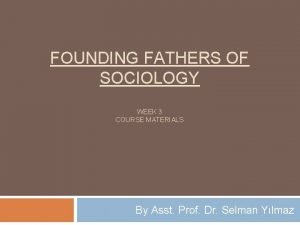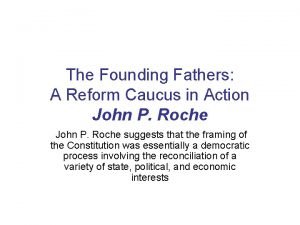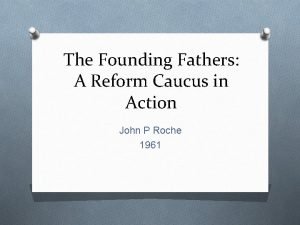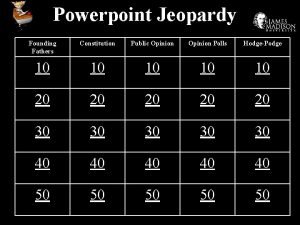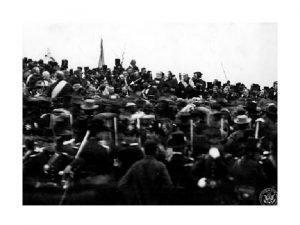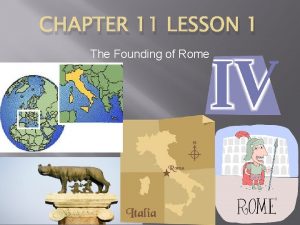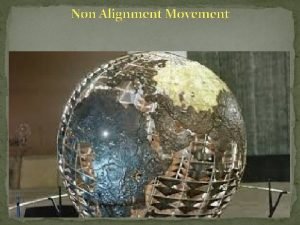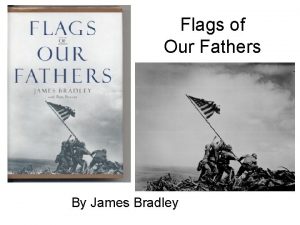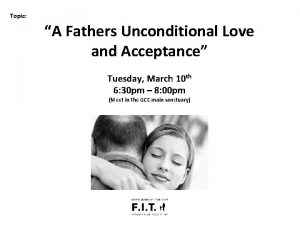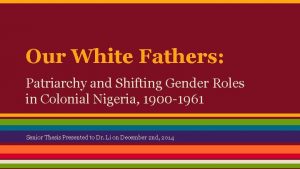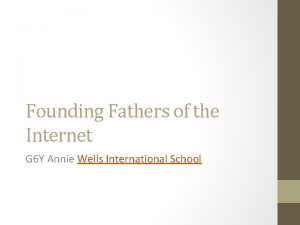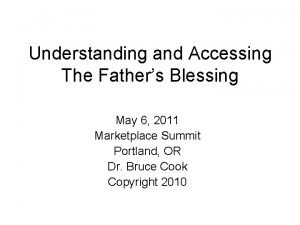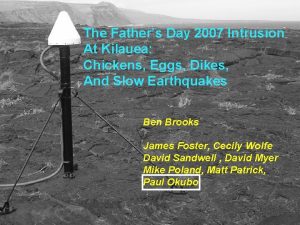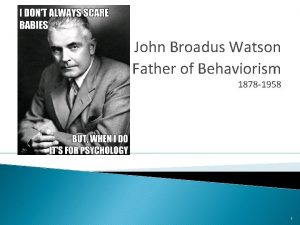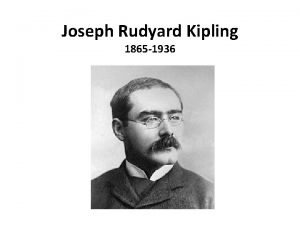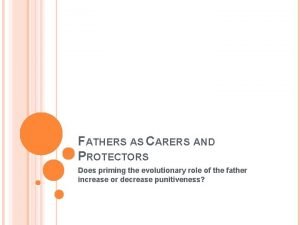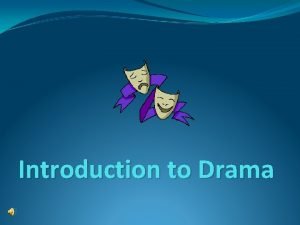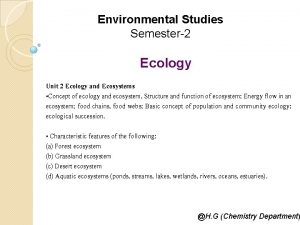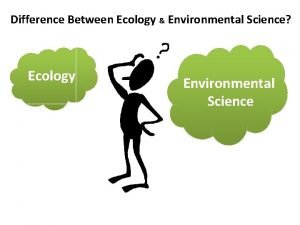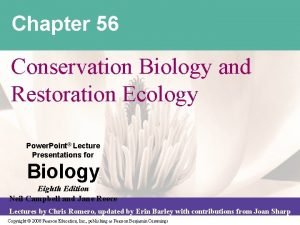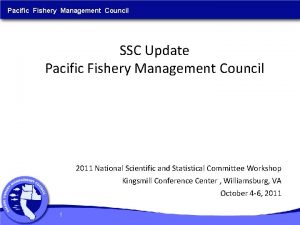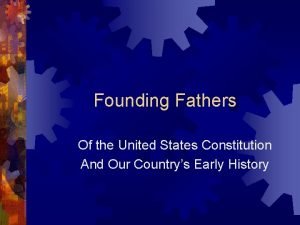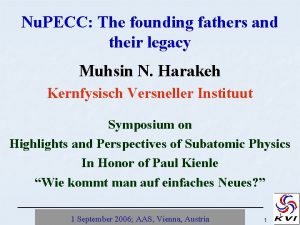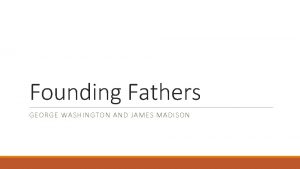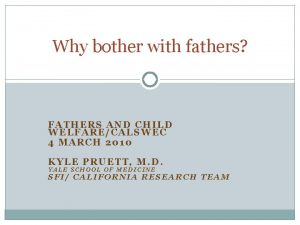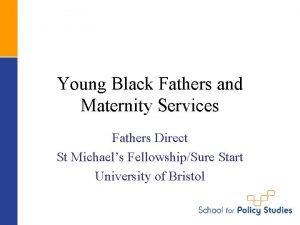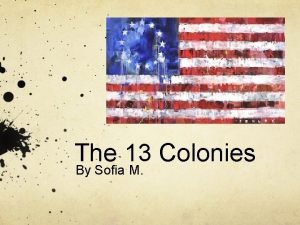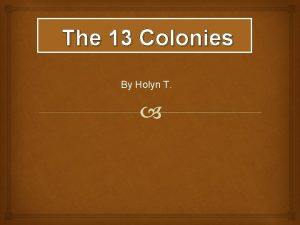Some founding fathers EarlyLife Stage Ecology and Fishery






















































- Slides: 54







Some founding fathers

Early-Life Stage Ecology and Fishery Science: Important Contributors G. O. Sars 1860 s. Cod eggs in the sea Dannevig, G. and Baird, S. Late 19 th century. Hatching and releasing larvae Hensen, V. Late 19 th century. Plankton nets. Quantitative studies. Ehrenbaum, E. Late 19 th and early 20 th century. Egg and larvae identifications Hjort, J. , Dahl, K. , Damas, D. Early 20 th century. The “three cavaliers. ” Variability in egg/larval survival and recruitment variability Buchanan-Wollaston 1920 s Quantitative egg and larvae surveys to obtain estimates of adult stock sizes Sette, O. 1940 s-1950 s Ahlstrom, E. 1950 s-1970 s Walford, L. 1940 s 1960 s Cushing, D. 1950 s-1980 s. Lasker, R. 1960 s-1980 s. Blaxter, 1960 s-1990 s Leggett, W. 1970 s-present. Tanaka, 1970 s-present


Recruitment theories (Cole & Mc. Glade, 1998) • 크게, 어떤 특정 메카니즘에 의해 가입량이 결정된다는 기계 론적 이론(mechanistic theories)과 여러 가지 메카니즘이 함 께 작용하는 통합적 이론(synthesis theories) 있음. • Mechanistic - deal with specific sources of egg and larval mortality. • 기작 규명 접근 가설의 예: - Cushing의 match-mismatch가설 - Lasker의 stability가설 - transport 가설 - 기타 (turbulence effect 등) • Synthesis - attempt to unite the various mechanistic theories within a larger framework.


5. 3. 1 Mechanistic theories (1) Starvation ① Critical period (Hjort, 1914): earliest larval stages: lack of prey item during a “critical period” (Cushing, 1996): later larval stages –most critical ② Match-mismatch theory (Cushing, 1975, 1976): temperate regions where discontinuous production occurs; (north-east Atlantic and North Sea); Reproductive success depends on the amount of time and abundance; overlap between larval production and larval food production ③ Stability hypothesis (Lasker, 1975, 1978): stable ocean hypothesis; spatial overlap of larvae and food; upwelling area, pelagic fish; thermoclines and maximum chlorophyll layers (MCL) ④ Turbulence (Rothschild et al. , 1989; Rothschild, 1991); encounter rate between larvae and food particles









Is Turbulence Important for Larval Feeding? The Rothschild and Osborn (1988) paper generated major research efforts. It provided a mechanism to explain why larvae in prey-poor environments could meet their nutritional demand. The coefficient of turbulent energy dispersion, ε, is a measure of microturbulence. Modest turbulence that elevates encounter rates between larvae and prey without disrupting larval behavior (i. e. the ability of larvae to attack and capture prey) will promote feeding, but too high turbulence will reduce the vulnerability of prey. “I am sorry that I was unable to visit last week, but these are turbulent times and we will meet sooner than you think. ” (S. Sundby 1994)

Turbulence increases the probability of encounter from Dower et al. 1997







Mechanistic theories (continued) 2) Advection (offshore transport-retention theory) – Hjort (1914): offshore transport hypothesis, density independent mechanism – Iles and Sinclair (1982) – Transport of eggs and larvae towards or away from suitable nursery areas – Upwelling area – Clupeiods tend to avoid spawning in areas and at times with strong upwelling (Parrish et al. , 1983) – Member-vagrant hypothesis (Sinclair, 1988), “The Herring Hypothesis” emphasize retention for survival 3) Cannibalism/predation – 70년대 이전까지는 기아 가설이 우세하였으나, 80년대부터 포식 가설이 더 힘을 받고 있음.






Theories for Recruitment (Cole & Mc. Glade, 1998) Recruitment Theories Mechanistic Synthesis Triad Optimal Environmental Window (Bakun, 1993) (Cury & Roy, 1989) Member-Vagrant Sinclair 1988

Synthetic theories 1) Optimal environmental window (OEW) • Cury and Roy, 1989 • balance between the upwelling of nutrient-rich water and calm conditions • recruitment success was maximized at intermediate levels of Ekman transport and turbulence • advective processes, vertical stability, temperature, food production, turbulence etc. • clupeoid in coastal upwelling systems

Ekman Transport in the Ekman Layer Transport in N-Hemisphere Wind


Synthetic theories (continued) 2) Triad hypothesis (Bakun, 1993) - Enrichment of food (upwelling, mixing, etc) - Retention of the eggs and larvae within suitable nursery areas (offshore transport, advection of other water masses) - Concentration of food particles for the first-feeding larvae and subsequent development stages (convergence, frontal formation, water column stability)




School-mix feedback opportunist Discover food Hypothetical multigenerational-scale sardine-albacore interaction in an oceanic front of the type generally found at the offshore limit of upwellingconditioned waters in temperate eastern ocean boundary upwelling regions




Member-vagrant hypothesis herring hypothesis • • no apparent link between variation in year-class strength and the timing of the production cycle (vs. Cushing, Lasker etc) Herring deposit adhesive, demersal eggs larvae are not trying to drift aggregate Mean abundance is a function of the size of the spawning ground and of the larval (oceanographic) retention area Ø The variability in abundance is from losses of individuals from the retention/spawning area where physical oceanography processes dominate in generating the variability in losses from the retention area

Member-vagrant hypothesis • is a hypothesis to account for the number of herring populations, specific location of spawning, mean absolute abundance • emphasize retention for survival, rather than transport for mortality • larvae of discrete herring populations – summer/autumn spawning productivity poor region long larval phase until productive season window (spring/summer) – winter/spring spawning productivity good region short larval phase until productive season window (spring/summer)




Optimal growth temperature (Takasuka et al. , 2006) - PICES/GLOBEC Symposium - Why were anchovy and sardine regime shifts synchronous across the Pacific? - anchovy (22℃) vs sardine (16 ℃)


Predicting recruitment success from a knowledge of environmental conditions has little succeeded. Why? 1) non-linearity in the relationship between environmental parameters and recruitment 2) The poor spatial and temporal resolution of much oceanographic data 3) The wide range of different factors involved in determining recruitment success 4) The choice of environmental index
 Founding fathers of sociology
Founding fathers of sociology The founding fathers a reform caucus in action
The founding fathers a reform caucus in action The founding fathers a reform caucus in action
The founding fathers a reform caucus in action Founding fathers powerpoint
Founding fathers powerpoint Discovering american ideals in primary sources
Discovering american ideals in primary sources Contact vs noncontact forces
Contact vs noncontact forces Some trust in chariots and some in horses song
Some trust in chariots and some in horses song Four score and seven years
Four score and seven years How many years are four score and seven
How many years are four score and seven Lesson 1 the founding of rome
Lesson 1 the founding of rome Chapter 11 lesson 1 the founding of rome
Chapter 11 lesson 1 the founding of rome Bandung conference members
Bandung conference members Pamantasan ng lungsod ng marikina president
Pamantasan ng lungsod ng marikina president What philosophical ideas informed the founding generation?
What philosophical ideas informed the founding generation? English bill of rights
English bill of rights Since our founding
Since our founding Founding principles of the scottish parliament
Founding principles of the scottish parliament America's founding ideals
America's founding ideals Difference between single stage and two stage tendering
Difference between single stage and two stage tendering Stage left and right
Stage left and right They say sometimes you win some
They say sometimes you win some Sometimes you win some
Sometimes you win some Ice cream is a countable or uncountable noun
Ice cream is a countable or uncountable noun Some say the world will end in fire some say in ice
Some say the world will end in fire some say in ice Some say the world will end in fire some say in ice
Some say the world will end in fire some say in ice Holy trinity utrecht
Holy trinity utrecht Church fathers trinity
Church fathers trinity Mike strank
Mike strank Story of fathers day
Story of fathers day When is fathers day in italy
When is fathers day in italy Fathers do not provoke
Fathers do not provoke Limbo of the fathers
Limbo of the fathers The fathers love letter
The fathers love letter Unconditional love definition
Unconditional love definition White fathers in nigeria
White fathers in nigeria Fathers of internet
Fathers of internet Tracing family descent through mothers rather than fathers
Tracing family descent through mothers rather than fathers History of fathers day
History of fathers day A father's blessing prayer
A father's blessing prayer Fathers day 2007
Fathers day 2007 Mothers day in turkey
Mothers day in turkey Who is the father of behaviorism
Who is the father of behaviorism Fathers do not exasperate your children
Fathers do not exasperate your children Rudyard kipling
Rudyard kipling Fathers are protectors
Fathers are protectors Stage 1: denial
Stage 1: denial Downstage right definition
Downstage right definition Theatre stage positions
Theatre stage positions The word drama comes from
The word drama comes from Ecology of media and information literacy
Ecology of media and information literacy Chapter 52 an introduction to ecology and the biosphere
Chapter 52 an introduction to ecology and the biosphere Difference between ecosystem and ecology
Difference between ecosystem and ecology Ecology and environmental science difference
Ecology and environmental science difference Chapter 56 conservation biology and restoration ecology
Chapter 56 conservation biology and restoration ecology Chapter 55 ecosystems and restoration ecology
Chapter 55 ecosystems and restoration ecology
